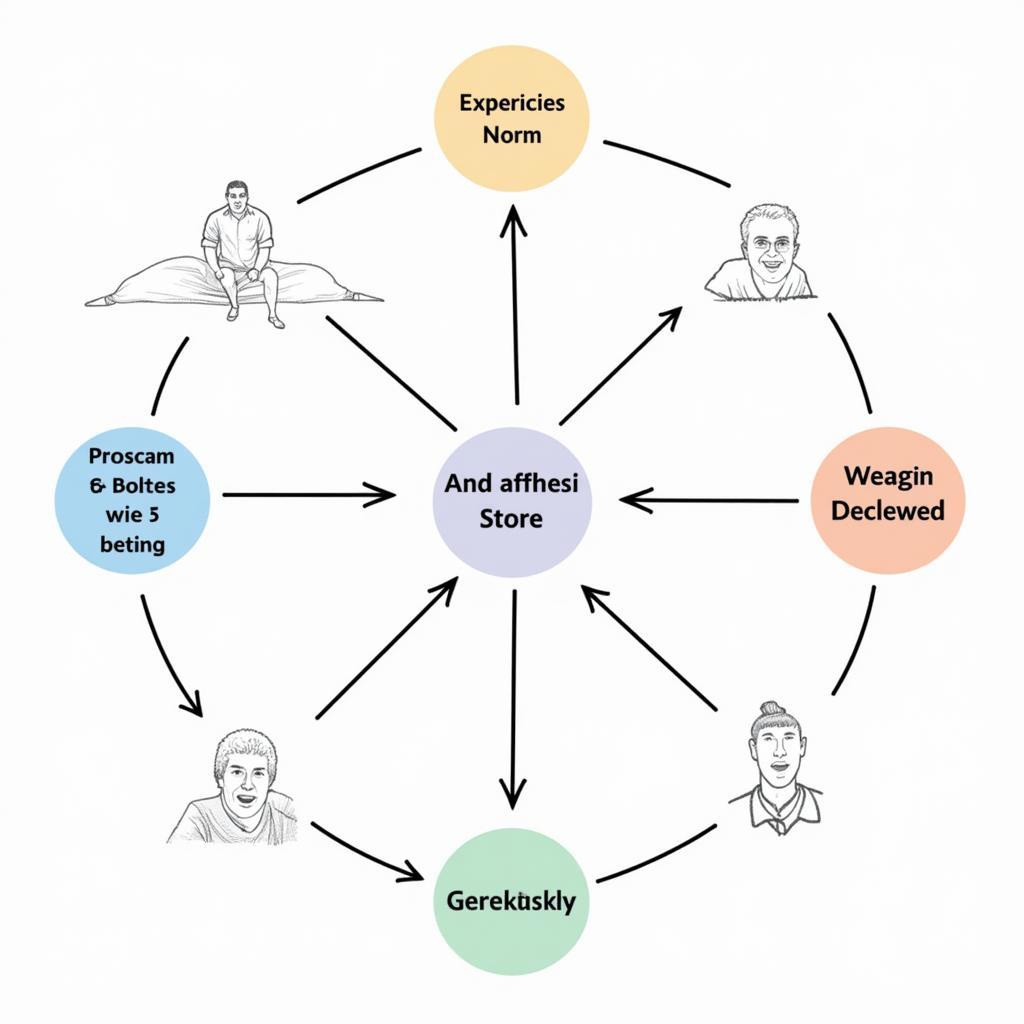Understanding and analyzing multiple viewpoints in academic texts is a crucial skill for IELTS success. This comprehensive guide will help you navigate through complex academic passages and effectively handle diverse perspectives, ensuring you achieve your target score in the IELTS Reading section.
Understanding the Challenge of Multiple Viewpoints
Academic texts often present various perspectives on a single topic, making them particularly challenging for IELTS candidates. The key to success lies in recognizing these different viewpoints and understanding how they relate to each other. Similar to strategies for dealing with opinion-based texts, mastering multiple viewpoints requires systematic approach and practice.

Key Strategies for Identifying Different Perspectives
1. Look for Signal Words and Phrases
- “However,” “In contrast,” “On the other hand”
- “While some argue… others maintain…”
- “Alternatively,” “Conversely,” “Nevertheless”
2. Track Author Positions
- Identify the main argument
- Note supporting evidence
- Recognize counter-arguments
- Understand concessions
When dealing with complex passages, handling abstract reading passages efficiently becomes essential for maintaining comprehension throughout the text.
Techniques for Analysis and Comprehension
Creating Mental Maps
- Identify the central topic
- Map out different viewpoints
- Connect related ideas
- Note contradictions and agreements
Managing Complex Arguments
For longer passages, improving focus for long academic passages is crucial. Consider these approaches:
- Break down complex arguments into smaller components
- Identify the main stance of each paragraph
- Track how viewpoints evolve throughout the text
- Note any shifts in perspective or argument
Advanced Comprehension Strategies
When dealing with particularly challenging texts, handling complex opinions with ease becomes essential. Focus on:
- Recognizing author bias
- Identifying supporting evidence
- Understanding the relationship between different arguments
- Evaluating the strength of each viewpoint
Common Pitfalls to Avoid
-
Misinterpreting Neutral Presentation
- Don’t assume the author agrees with all viewpoints presented
- Look for subtle indicators of stance
-
Overlooking Transitions
- Pay attention to connecting phrases
- Notice shifts in argument
-
Failing to Track Development
- Monitor how arguments evolve
- Note when perspectives change
Practice Exercises for Improvement
-
Viewpoint Mapping Exercise
- Read academic articles
- Create visual maps of different perspectives
- Practice identifying relationships between viewpoints
-
Argument Analysis
- Break down complex passages
- Identify main and supporting arguments
- Track the development of different viewpoints
FAQs About Handling Multiple Viewpoints
Q: How can I quickly identify different viewpoints in a passage?
A: Look for contrast words, topic sentences, and changes in argument direction. Pay special attention to paragraph beginnings and transitions.
Q: What should I do when viewpoints seem to contradict each other?
A: Map out each perspective separately, then look for the author’s analysis or synthesis of these contradicting views.
Q: How can I improve my speed in processing multiple viewpoints?
A: Regular practice with academic texts, focusing on identifying main arguments quickly and understanding how they relate to each other.
By mastering these strategies for handling multiple viewpoints in academic texts, you’ll be better equipped to tackle the IELTS Reading section with confidence and achieve your desired score.